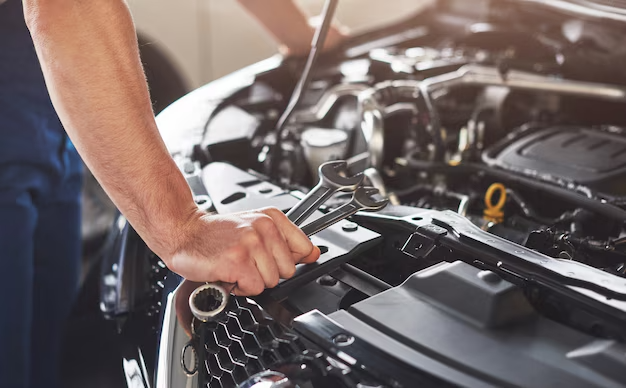
How to Diagnose Car Problems If You Don’t Know Much About Cars
Cars are complex machines, and when something goes wrong, it can feel overwhelming—especially if you don’t know much about how they work. But don’t worry! You don’t need to be a mechanic to figure out what might be wrong with your vehicle. With a little guidance and some simple steps, you can diagnose common car problems and know when to get professional help.
Here’s how to get started:
1. Listen and Observe Carefully
Your car often “tells” you what’s wrong through sounds, smells, and how it behaves.
- Strange Noises: Grinding, squealing, knocking, or clicking sounds are clues. For example, squealing brakes might mean your brake pads are worn.
- Unusual Smells: Burning smells could indicate overheated brakes or an oil leak.
- Performance Changes: Is the car struggling to start? Stalling? Losing power? These symptoms help narrow down the issue.
2. Check the Dashboard Warning Lights
Modern cars have dashboard lights designed to alert you when something needs attention.
- Check Engine Light: Indicates something in the engine or emission system needs checking.
- Battery Light: Could mean a charging problem.
- Oil Light: Low oil pressure or level.
- ABS Light: Issues with the Anti-lock Braking System.
Don’t ignore these lights—they are your first sign that the car needs attention.
3. Do Basic Visual Inspections
You don’t need fancy tools for a few quick checks:
- Tire Condition: Look for low pressure, worn treads, or damage.
- Fluid Levels: Check engine oil, coolant, brake fluid, and windshield washer fluid. Low fluids can cause problems.
- Leaks: Look under your car for spots or puddles.
- Battery Terminals: Check for corrosion or loose cables.
4. Use Your Smartphone
There are easy-to-use apps and tools that connect to your car and help diagnose problems.
- OBD-II Scanner: You can buy an affordable scanner that plugs into your car’s diagnostic port and pairs with your phone app to read error codes.
- Maintenance Apps: Some apps remind you of regular maintenance and alert you about common problems.
5. Ask Questions and Take Notes
If you visit a mechanic or talk to a friend who knows cars, describe exactly what you’re experiencing. Note when the problem happens and under what conditions. This helps professionals find the root cause faster.
6. Know When to Call a Professional
Some problems require expert attention. If your car won’t start, smells like burning, or you see smoke, it’s safer to call a mechanic or use an on-road service.
Final Tips
- Stay Calm: Diagnosing car problems is a step-by-step process.
- Educate Yourself: Watching simple car maintenance videos can boost your confidence.
- Regular Maintenance: Keep up with oil changes, tire rotations, and brake checks to prevent many issues.
